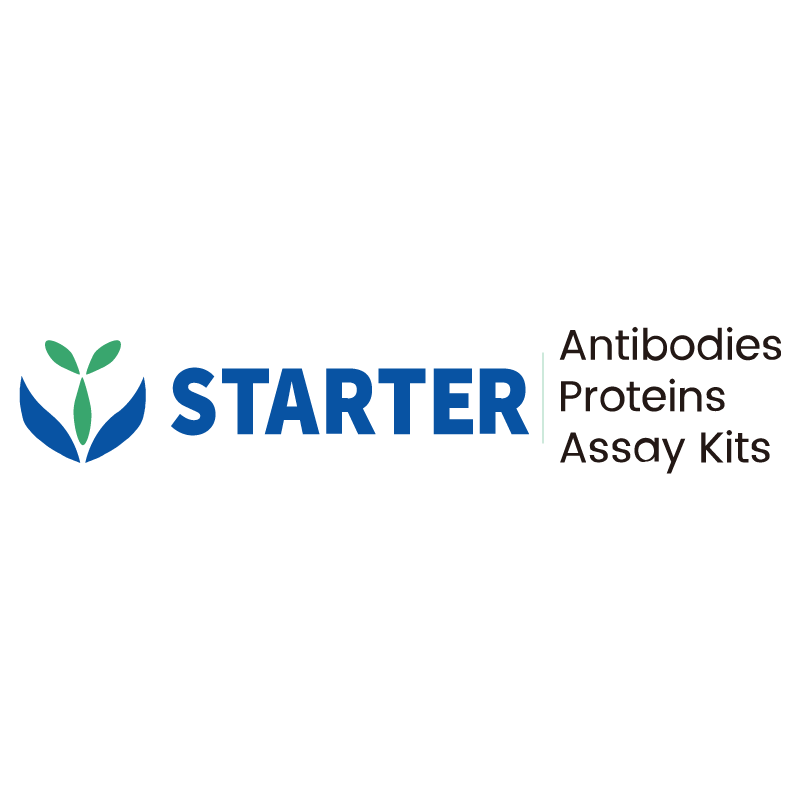Flow cytometric analysis of Human CD36 expression on human peripheral blood cells. Human peripheral blood cells were stained with Brilliant Violet 605™ Mouse Anti-Human HLA-DR Antibody and either Biotin Isotype Control (Left panel) or SDT Biotin Mouse anti-Human CD36 Antibody (Right panel) at 5 μl/test followed by Sav-iFluor 488. Flow cytometry and data analysis were performed using BD FACSymphony™ A1 and FlowJo™ software.
Product Details
Product Details
Product Specification
| Host | Mouse |
| Antigen | CD36 |
| Synonyms | Platelet glycoprotein 4; Fatty acid translocase (FAT); Glycoprotein IIIb (GPIIIB); Leukocyte differentiation antigen CD36; PAS IV; PAS-4; GP3B; GP4 |
| Location | Cell membrane |
| Accession | P16671 |
| Clone Number | S-R617 |
| Antibody Type | Mouse mAb |
| Isotype | IgG1,k |
| Application | FCM |
| Reactivity | Hu |
| Positive Sample | human peripheral blood cells |
| Purification | Protein G |
| Concentration | 0.02mg/ml |
| Conjugation | Biotin |
| Physical Appearance | Liquid |
| Storage Buffer | PBS, 1% BSA, 0.3% Proclin 300 |
| Stability & Storage | 12 months from date of receipt / reconstitution, 2 to 8 °C as supplied. |
Dilution
| application | dilution | species |
| FCM | 5μl per million cells in 100μl volume | Hu |
Background
CD36 is a multifunctional transmembrane glycoprotein belonging to the class B scavenger receptor family, widely expressed in various cell types including macrophages, endothelial cells, adipocytes, and muscle cells. It plays a crucial role in fatty acid uptake and transport, acting as a receptor for a diverse range of ligands such as oxidized low-density lipoprotein (oxLDL), apoptotic cells, thrombospondin, and pathogens like malaria-infected erythrocytes. Structurally, CD36 is a heavily glycosylated protein with two transmembrane domains, a large extracellular loop, and short intracellular tails. Its functions span from facilitating lipid metabolism and mediating immune responses to contributing to pathological conditions like atherosclerosis and diabetes. Additionally, CD36 is involved in cellular signaling pathways related to inflammation and angiogenesis.
Picture
Picture
FC


